Last Updated on June 6, 2019 by PowersToTravel
No, we are not students at the University of Évora, Portugal.
Led by our guide, Carla Carita, we spent a fascinating hour wandering the classrooms, chapel and arcades at the historic University. My fingers gently touched the blue and white tiles that surrounded the classrooms, amazed at their brightness after so many hundreds of years.
I’ve spent much of my adult life in New England, and while there is color and texture in the nature world – the green mosses on the trees and the changing colors of the foliage – the area doesn’t seem to offer a lot of brightness and texture in historic decorative arts; the old New-Englanders were a somber lot.
Blue and white tile murals depicting the former glories of historic thinkers and statesmen line the interior walls of the university. Meant to inspire the students, they communicated to me a sense of endurance, both endurance of the country and of the tile media itself. I’m sure our guide told us how the tiles were made, but sadly I just don’t remember. There was so much to learn and I didn’t want my head in my notebook but my eyes on the beauty.
I was also fascinated to learn that this was formerly a Jesuit university that had been disbanded by the Marques de Pombal, in 1779, and only re-opened again as a public university recently, in 1973. Our guide spoke in such competent and matter-of-fact tones about eras of history which were probably well known to the Portuguese, but which left me spinning and grasping for context.
What was going on in 1779? Oh! The Revolutionary War – the free thinkers in the New World wanting no taxation without representation. No, that is not the context of the dismantling of the University at Évora. Or was it? The more I see in other countries the more I want to understand the ebb and flow of ideas and influences as they cross geographic boundaries. What was this era in Portugal like, that had the Marques de Pombal, who rebuilt Lisbon after the earthquake, engage in a shutdown of Catholic Jesuits? The more I see, the more I want to understand. Our guide seem to see the shutdown of the university as a sad occasion, however in my small context of history – the American Revolution – I wondered what new modern ideas were being born as well.
We viewed the blue and white tiles in the classrooms, the blue and yellow tiles in the chapel, and the figure, now who was he? who stood at the side of the door to the chapel, and was he welcoming? or was he chastising the late arrivers? The amount of information our guide gave us was so mind-enlarging and it is so sad how little I was able to retain, in the face of the stunning visuals.
Diabetic Travel Tips
There was no food or drink in the immediate area. We visited on a Saturday in September, and it was very quiet, with no classes in session. I saw no signs of vending machines or other modern aids.
Related Links
Interesting information about the Marques de Pombal:
https://en.wikipedia.org/wiki/Sebasti%C3%A3o_Jos%C3%A9_de_Carvalho_e_Melo,_1st_Marquis_of_Pombal
Our guide, Carla Carita, who manages MyWayTours: http://mywaytours.pt/
Map

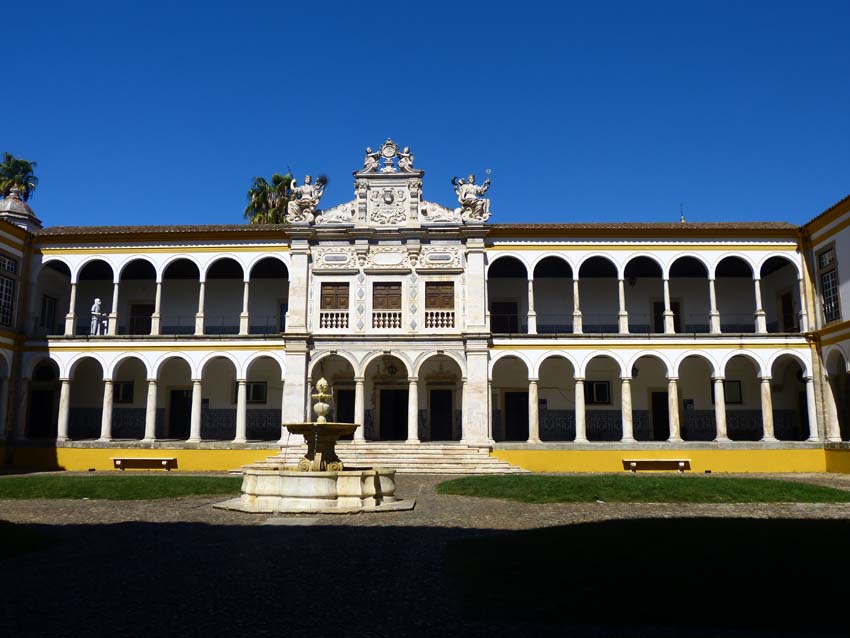
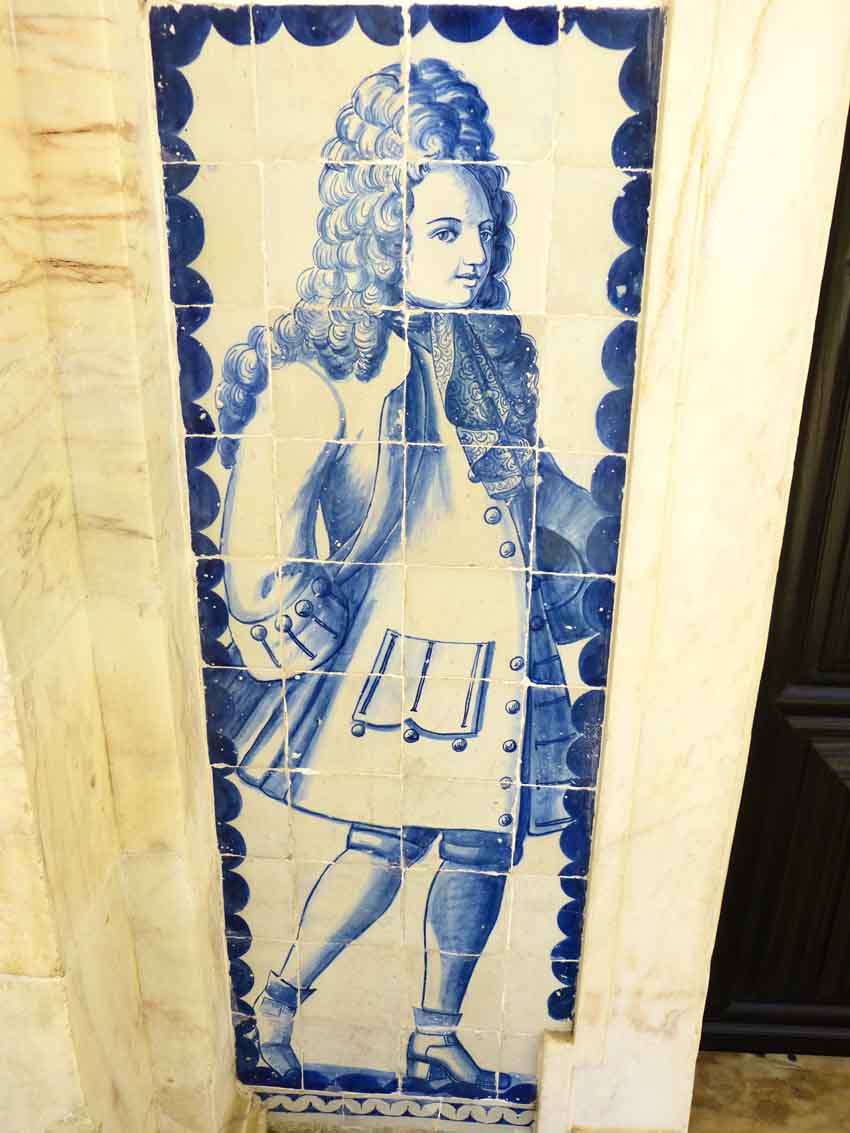
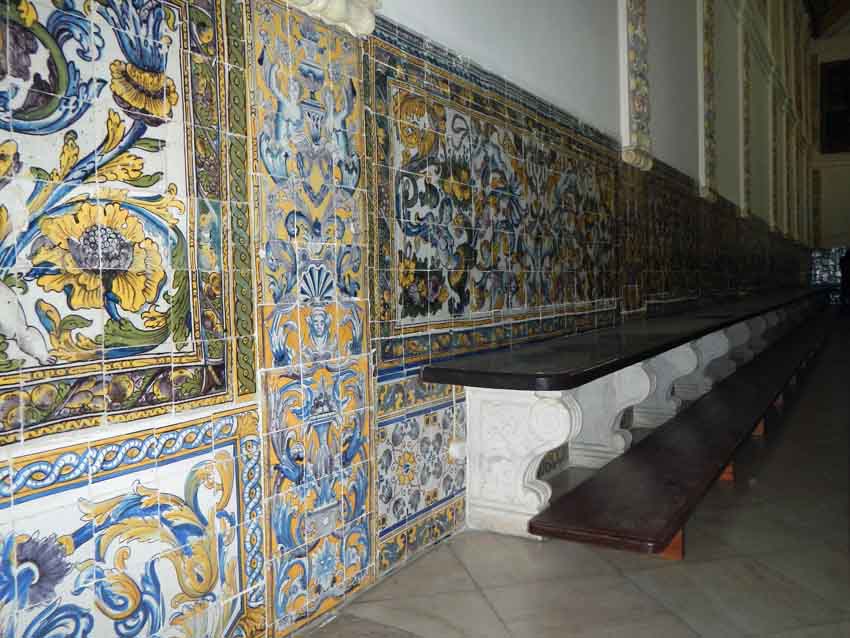
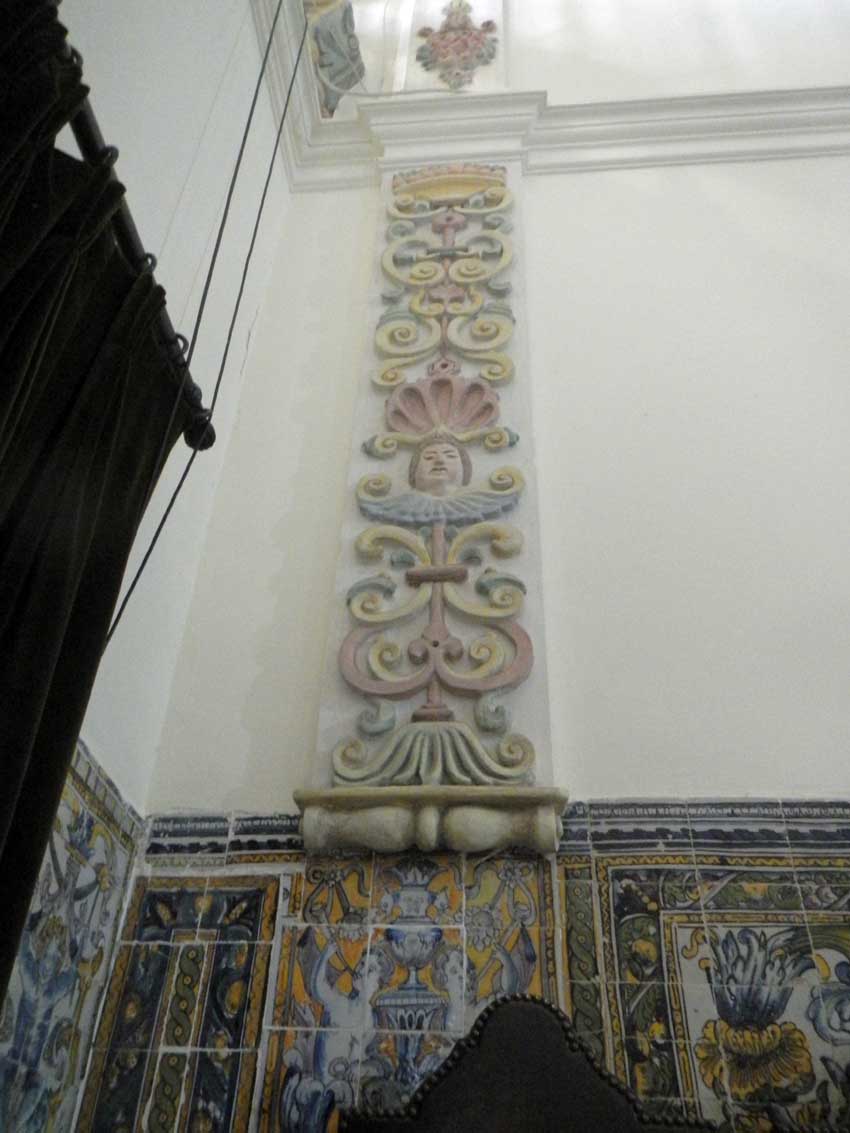
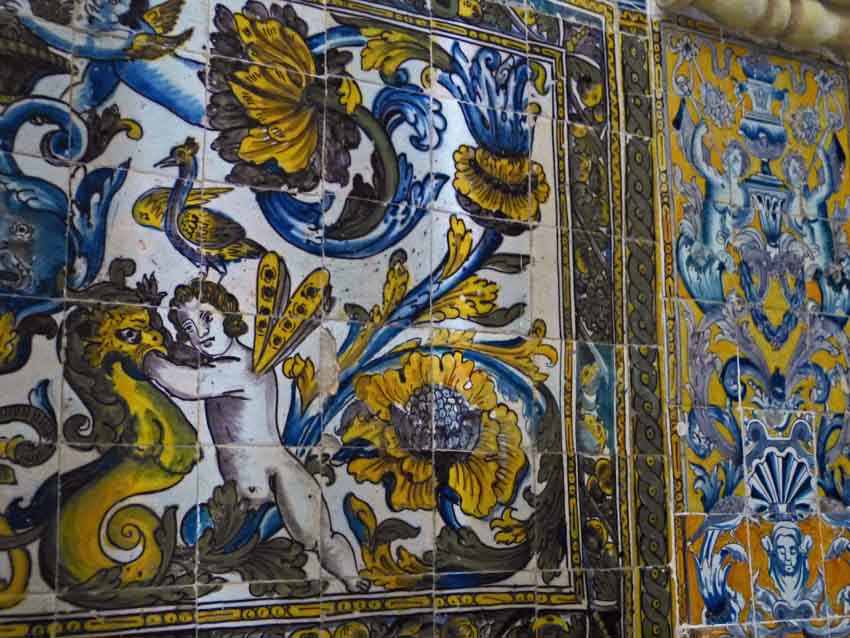
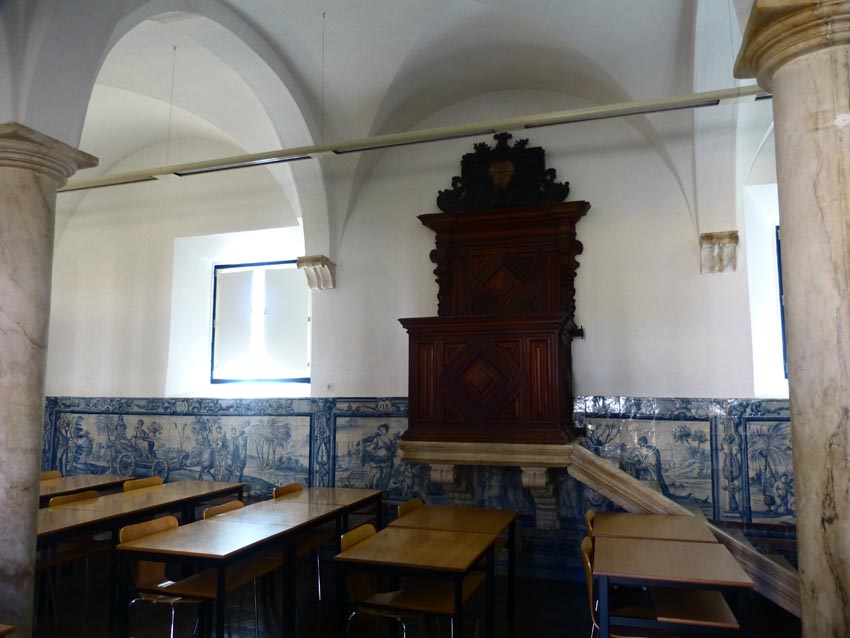
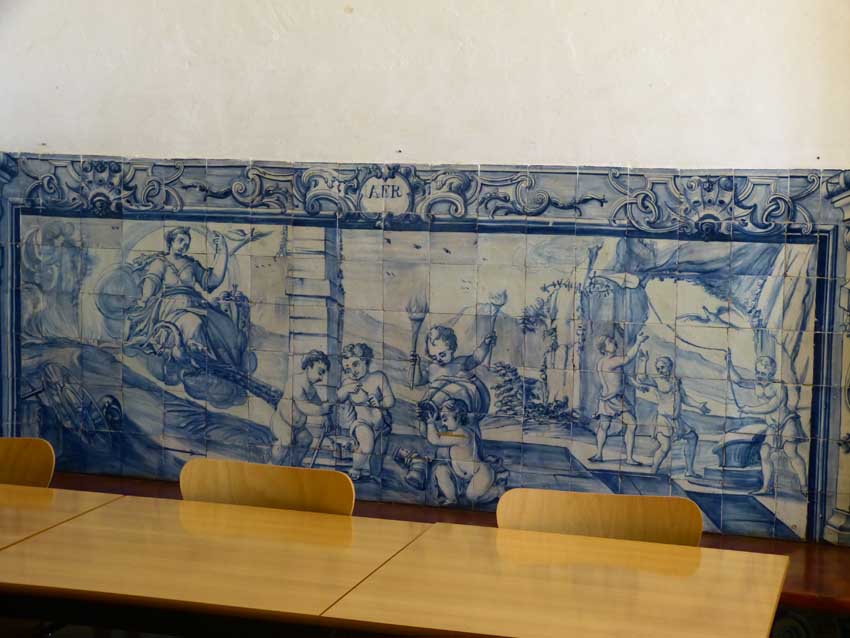
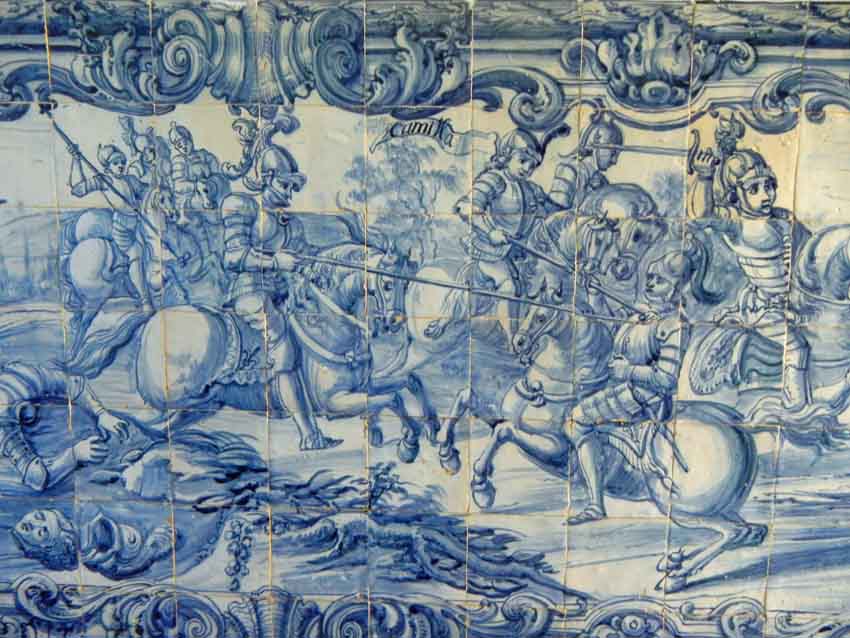
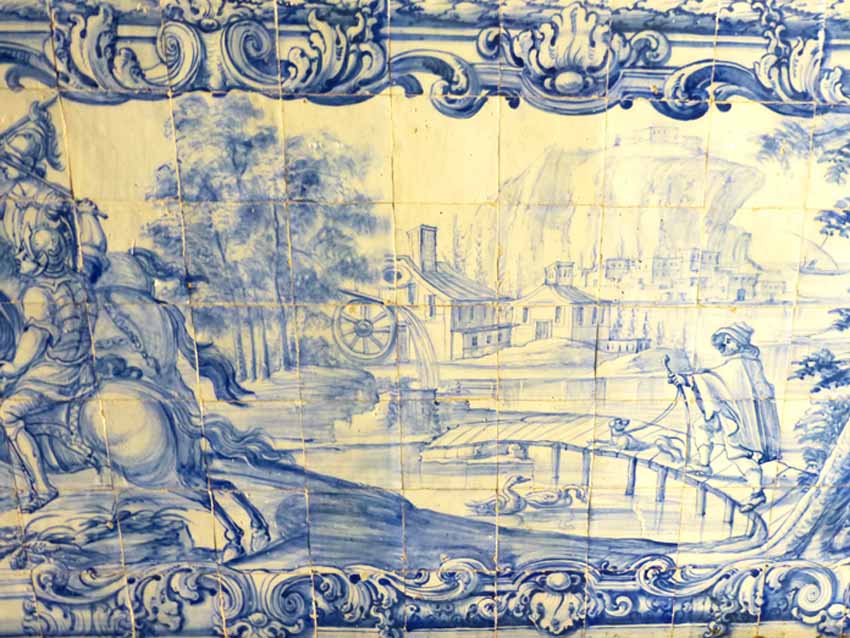
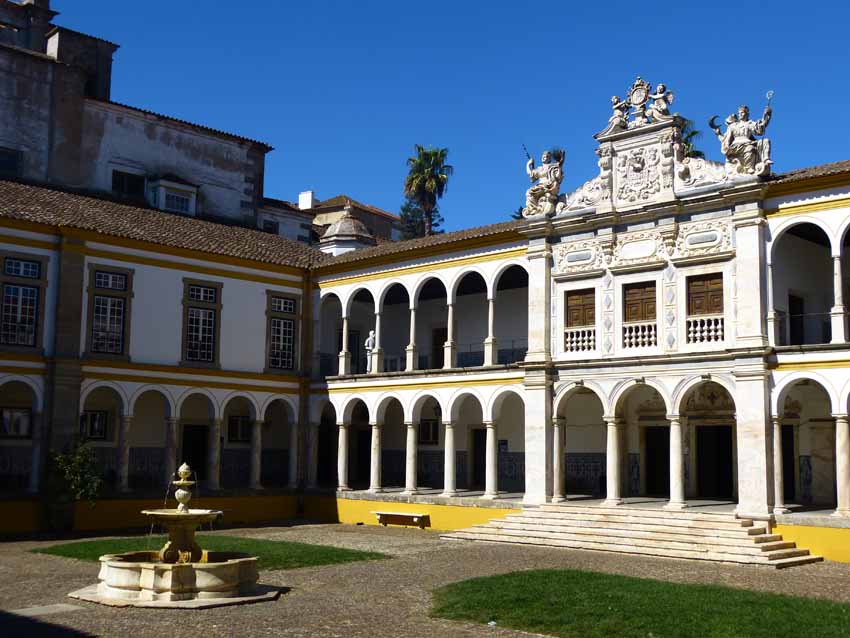





Thank you for sharing these images and telling of the history.